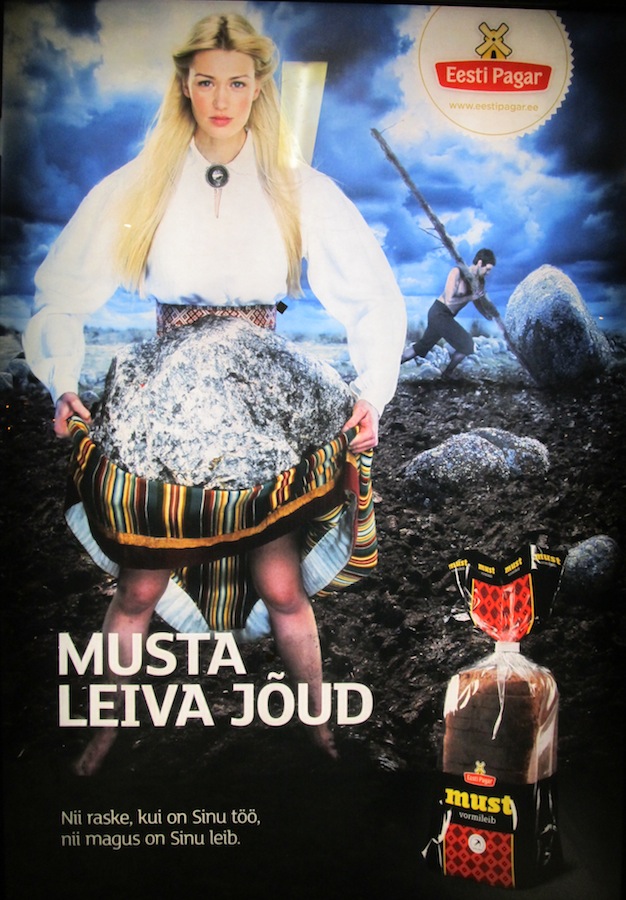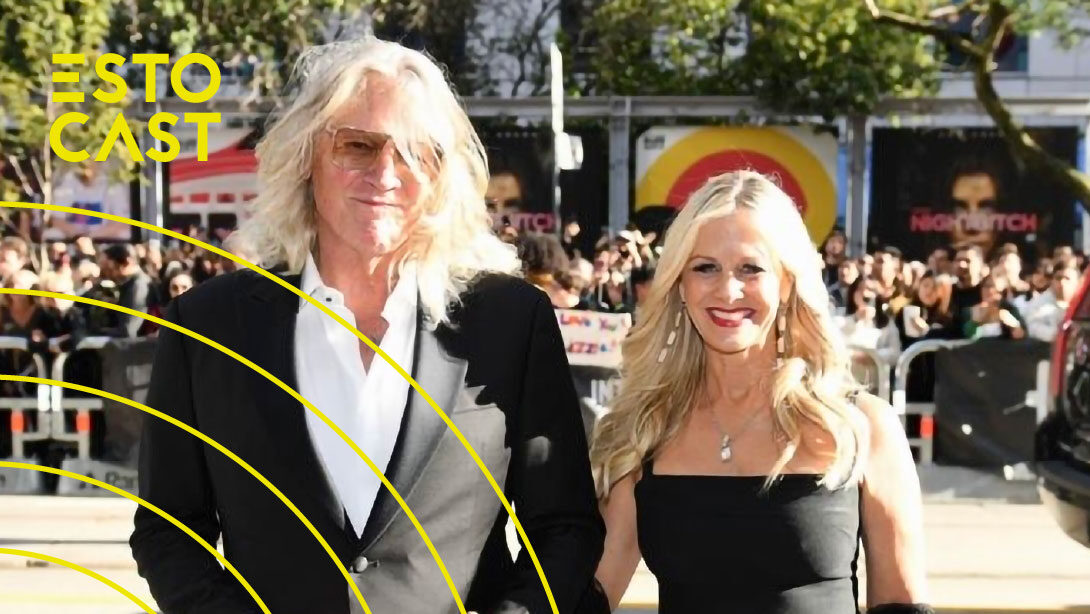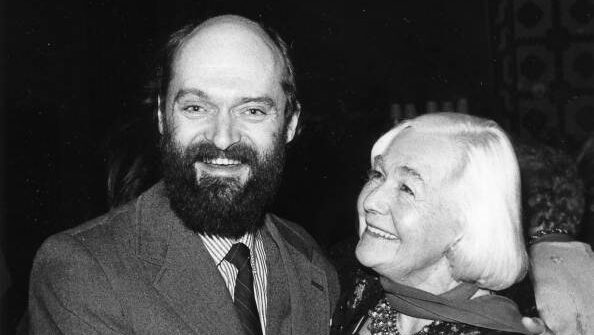It's always surprising to hear people in North America watching how much bread they eat, especially alongside a meal, because they're convinced it will result in unwanted weight gain. In Eesti you come to see bread in a whole new light, as a basic need and cornerstone.
Must-, hapu- or rukkileib – bread of the black, sour, dark rye variety is what fills you up, is good for your digestion and may well be the healthiest, most beneficial (kasulikum) part of a meal. Its reputation in this part of the world has been only positive – as a life force food source for centuries. Hence the expression “vanem kui leib“, to describe something that is “older than bread”; really ancient. And the order from your grandparents to kiss your piece of bread, should you happen to drop it.
As for portraying powerful Linda, Kalevipoeg's mother and widow of vana (old) Kalev, you may know that in Friedrich Reinhold Kreutzwald's epic poem, Linda wept for seven days and nights over her husband's death. Her tears created Ülemiste järv, situated in Tallinn, where to this day Linda kivi (Linda's boulder) can be found. She then prepared Kalev for his funeral and buried him 35 metres below the ground, constructing as his burial mound what is now known as the hill of Toompea, upon which today is seated the Estonian parliament and the seat of Government.
Jätku leiba! – May there always be enough bread!
Riina Kindlam, Tallinn




